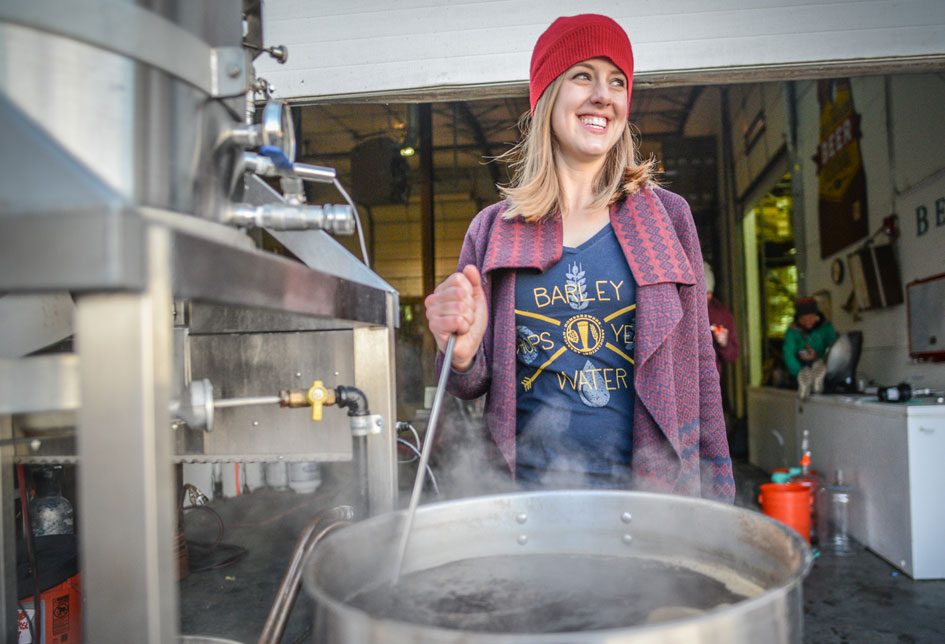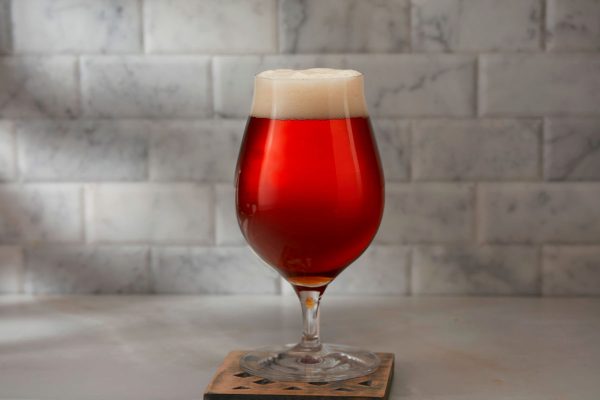
By Duncan Bryant, American Homebrewers Association
Pulque is a Mexican beverage that is said to be the oldest fermented drink known to North America. Made from the fermented nectar of agave, this ancient elixir born in divine mysticism has evolved to a beer-like libation that is still brewed today.
Sacred and Healing
Archaeologists have uncovered evidence of agave’s use dating back 9,000 years ago, and as the main source of sugar in pulque, the alcoholic drink was not far behind. At the age of the Aztec Empire, fermented agave nectar was said to be a gift of the goddess connected to the moon, fertility and nutrition, Mayahuel. One of her gifts to humankind was pulque, which took on mystical qualities due to its divine origins. In a time when fermentation was attributed to an act of the supernatural, it was said the more one drank, the further the spirit was able to travel from the body.
As time went on in Mexico’s pre-Colombian history, pulque evolved into a privilege in certain cultures, reserved for the elderly, nursing mothers, sick and the upper class. Its celebrated medicinal qualities and nutritional value established it as a remedy for everything from fever to aggressiveness. Its use as a sacred and healing substance continues among Mexico’s indigenous peoples today.
When the Europeans arrived in North America, they developed a taste for the fermented agave sap, and sought to ship it back to Spain. Due to agave’s bacterial composition, traditional pulque sours very quickly and could not fair the long voyage across the Atlantic. Some say this lead to the Spaniards distilling the pulque into a liquor. You know this spirit as tequila or mescal.
The Agave
Sometimes mislabeled as a cactus, the agave plant resembles a larger version of the yucca plant with succulent leaves reminiscent of aloe.
As is the case when making maple syrup, the sap of the agave must be tapped and collected to obtain a sizable amount of nectar.
When the agave plant reaches maturity around 10-12 years, a stalk begins to emerge from the center and can reach over 20 feet in height. The stalk is chopped off to create a cavity where the sap pools and can be collected.
The sap is referred to as aguamiel, and up to a third of a gallon can be collected from the plant once a day for up to six months out of the year.
The nectar has a slightly lower sugar content than the similar-looking honey, at 76° brix. It contains primarily fructose (70 percent), with 27 percent glucose, 2 percent maltose and 1 percent maltodextrose.
“Pulquezo”: Hybrid Agave Beer
This recipe is based loosely on the 16th century Spanish documents from Fray Diego Duran.
Durgan describe a pulque brewed by the Aztecs which, in addition to agave and yeast, contained malted barley and ocpactli, a bitter plant used to add flavor and ward off undesirable microbes—similar to hops in Europe.
Ingredients for 5 gallons:
- 4 lb | liquid malt extract
- 4 lb | Agave nectar (light or amber)
- 1 lb | Carapils Dextrin malt
- 2 oz | Cascade hops
Directions:
Steep grains for 30 minutes at 160°F (71°C). Remove grains, add agave nectar and malt extract and bring to full boil. Add hops. Keep at a rolling boil for 30 minutes. Remove from heat, let sit for five minutes. Ferment with California Ale yeast.
Making Pulque
At the point when the sap is collected, wild yeast and a bacteria called Zymomona mobilis have already begun the process of fermentation. The aguamiel is put in big vats and a small amount of actively fermenting pulque is added to jump start fermentation (like a starter). The sugar liquid under goes rapid fermentation and can complete anywhere form 12-20 hours. The resulting pulque must be enjoyed shortly after because of its poor shelf life.
The milk white tonic is served at roadside stalls and bars near the pulque breweries in Mexico. The flavor has notes of fruit from the agave, with a tartness from the Z. mobilis and wild yeast. After a week, the pulque will start to sour into something undrinkable.
Of course, we don’t all live in Mexico or the American Southwest, but almost everyone can buy agave nectar at the grocery store. Look for it in the baking isle near the honey at the market. To emulate the wild yeast and bacteria, lactobacillus and a culture of Z. mobils can be used. But did we mention a culture of the wild bacteria runs near $150?
Instead, try using a Steinberg wine yeast strain like Wyeast 4237 or White Labs WLP 727, though be aware it will not achieve the full wild character of the Z. mobilis. The modified homebrew version tends to come out pale yellow with much more clarity. Like the traditional recipe, it has a lot of the fruity character of the agave. Some people will mix pulque with pureed fruit, but this is far from traditional.
For more detailed information on the history of pulque and additional recipes and brewing techniques, use the sources below!
Duncan Bryant is the Web Coordinator for the American Homebrewers Association.
Sources: “Ancient Homebrewing in Modern-Day Mexico” by David J. Schmidt (May/June 2011 Zymurgy); “In Pursuit of Pulque” by Jim Parker (September/October 2004 Zymurgy); Sacred and Herbal Healing Beers by Stephen Harrod Buhner.





Share Post